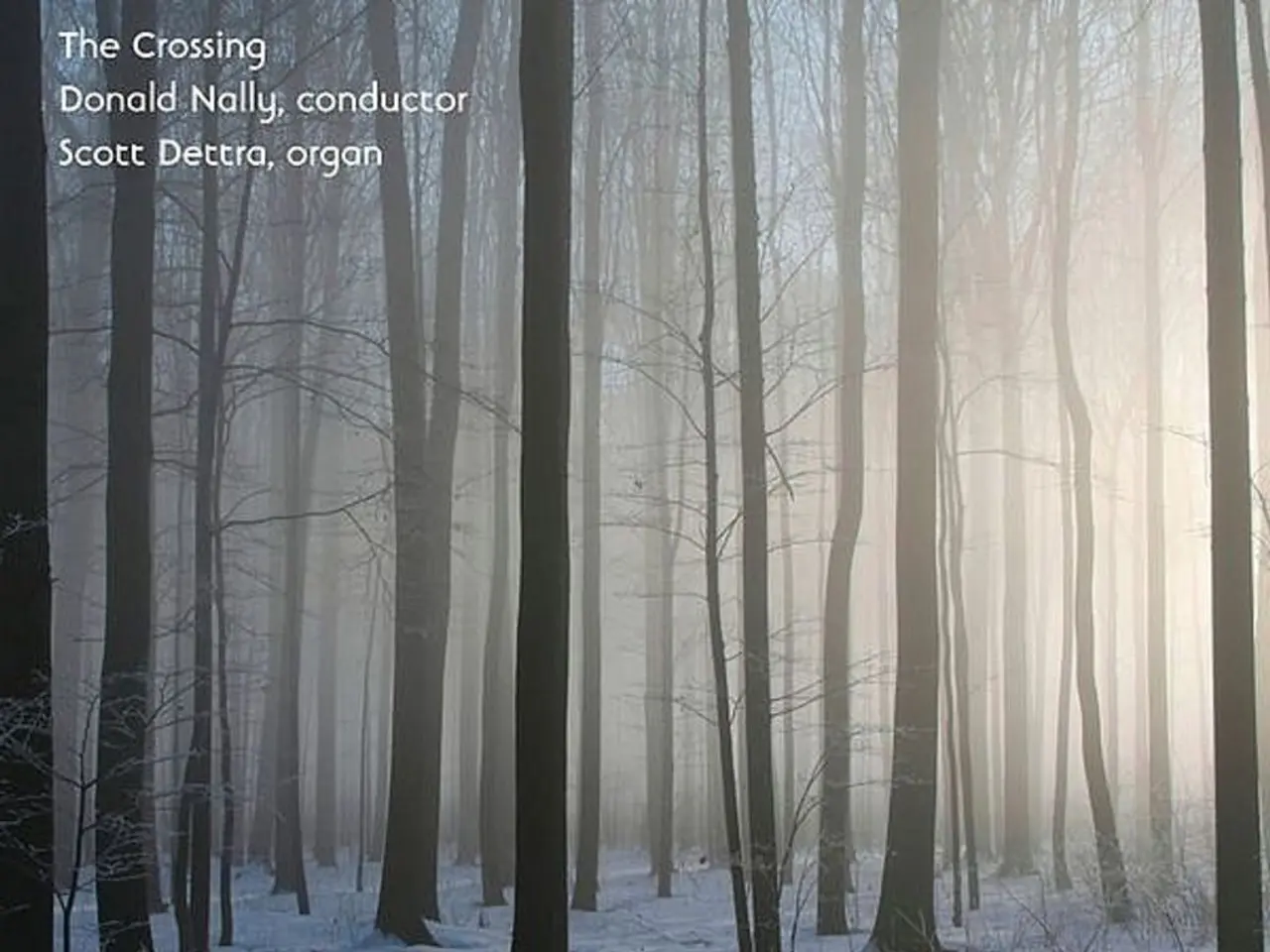Research in Woodland Environments
Autumn, a season of vibrant colours and crisp air, offers a wealth of opportunities for learning and exploration in the great outdoors. Here's a roundup of some fascinating tree facts and activities that can be enjoyed during this enchanting time of year.
Leaves change colour in autumn, as the breakdown of chlorophyll, the green pigment responsible for photosynthesis, allows other pigments to become visible. Carotenoids and anthocyanins, which produce yellow, orange, red, and purple hues, become apparent, while tannins give some leaves a dull brown colour. This chemical change in pigments results in the characteristic fall foliage colours before the leaves eventually fall off.
Trees, particularly broad-leaved deciduous species like maples, play a crucial role in oxygen production. They produce the most oxygen during their growing season through photosynthesis, a process that converts carbon dioxide and water into glucose and oxygen using sunlight. A mature maple tree can absorb about 48 pounds of CO2 annually, contributing significantly to oxygen output and carbon sequestration.
For those interested in identifying trees, resources such as The Woodland Trust's spotter sheet and The Wildlife Trust's animal and plant spotter sheets can be invaluable. Additionally, creative methods like crafting a felt oak tree and acorn with Mama's Happy Hive or using Look We're Learning labels can help in recognising different tree species.
The forest is not just a place for admiring nature; it's also a playground for fun activities. Games like "Who's behind you?", where participants try to be quiet enough not to be heard, or Pooh Sticks, where sticks are dropped into a stream and the first one to emerge is observed, add a touch of excitement.
Crafting and science activities abound as well. For example, pinecones can be collected to make a weather station, while using paper plates, a flowering plant life cycle spinner can be created. Smaller sticks are ideal for Pooh Sticks games, and stick men crafts can provide entertainment.
Moreover, activities like creating rafts and dens with sticks, estimating jars using leaves, pinecones, or sticks, and making bird feeders can offer hands-on learning experiences. For those interested in exploring the inner workings of plants, dissecting a flower or plant can help understand the different parts.
Steamsational provides information on which trees produce the most oxygen, while resources like Buggy and Buddy offer activities to learn about how water travels through a leaf. The toilet roll bird feeder from Fireflies and Mudpies is another resource for those keen on bird-related activities.
Lastly, the game "What can you hear?" encourages standing still and listening for different sounds, while leaves stood on make a unique noise. These activities not only provide enjoyment but also foster a deeper appreciation for the natural world and the wonders of autumn.
- Learning about the color change in leaves during autumn reveals the visibility of carotenoids, anthocyanins, and tannins, responsible for bright autumn hues.
- Through photosynthesis, mature maple trees absorb about 48 pounds of CO2 annually, significantly contributing to oxygen production and carbon sequestration.
- Resources such as The Woodland Trust's spotter sheet, The Wildlife Trust's animal and plant spotter sheets, Mama's Happy Hive, and Look We're Learning labels aid in identifying different tree species.
- The forest serves not only as a breathtaking scenery but also as a venue for fun, engaging activities like "Who's behind you?", Pooh Sticks, and creative crafts.
- Various hands-on activities can be found, such as making a weather station with pinecones, creating a flowering plant life cycle spinner with paper plates, and building bird feeders.
- Activities like creating rafts and dens with sticks, estimating jars using leaves, pinecones, or sticks, and dissecting flowers or plants help kids understand the wonders of nature and environmental science.
- Platforms like Steamsational, Buggy and Buddy, and Fireflies and Mudpies offer educational materials on the most oxygen-producing trees, water travel through leaves, and bird-related activities; while games like "What can you hear?" foster a deeper appreciation for the sounds of nature.




